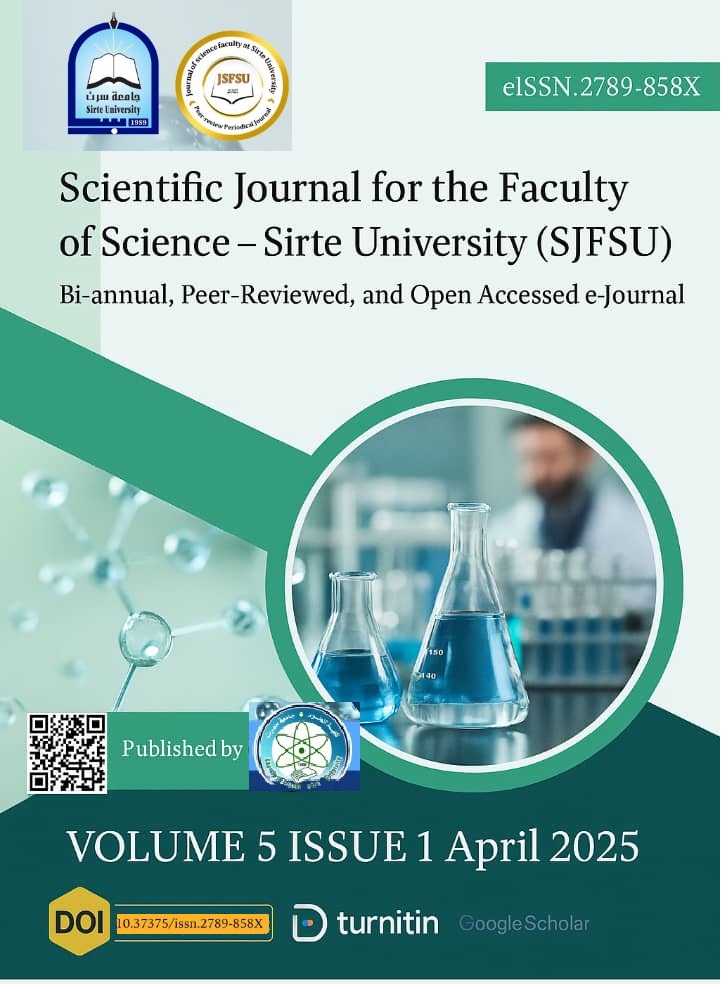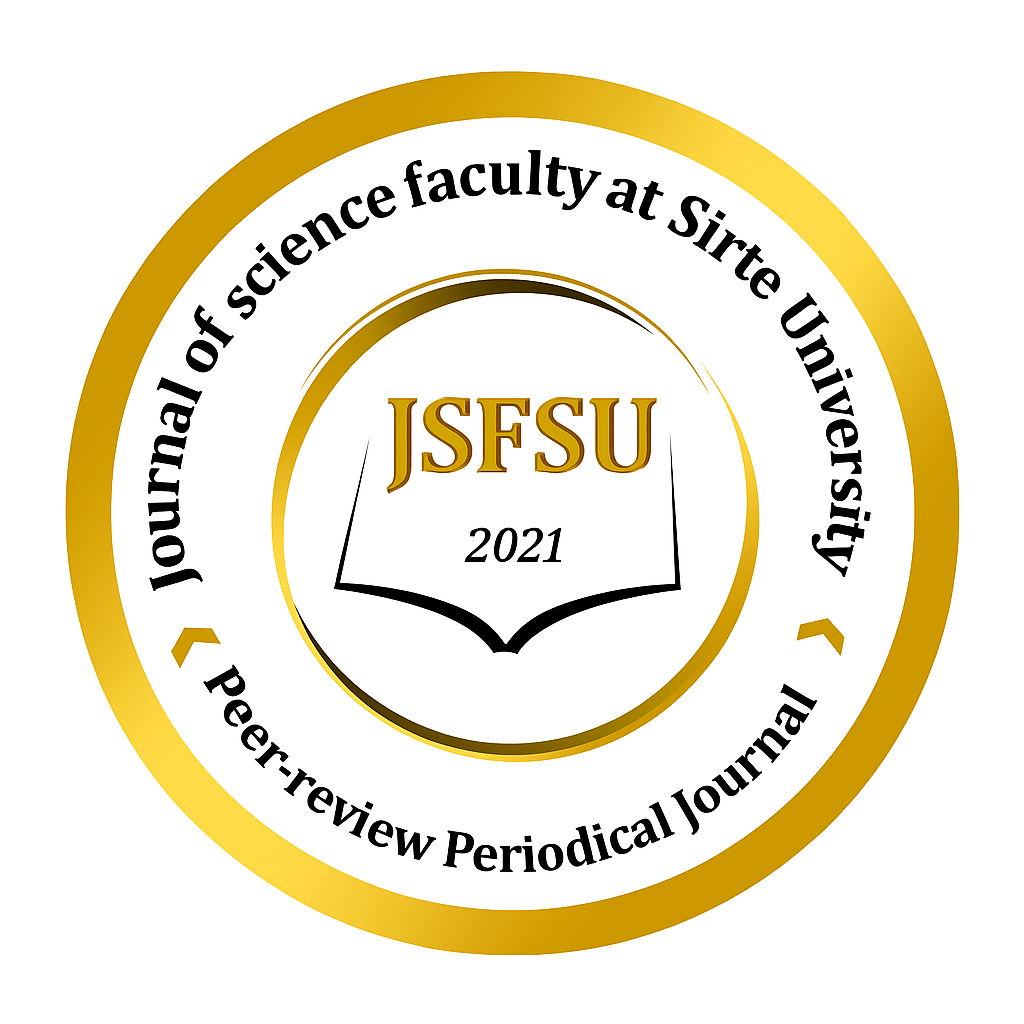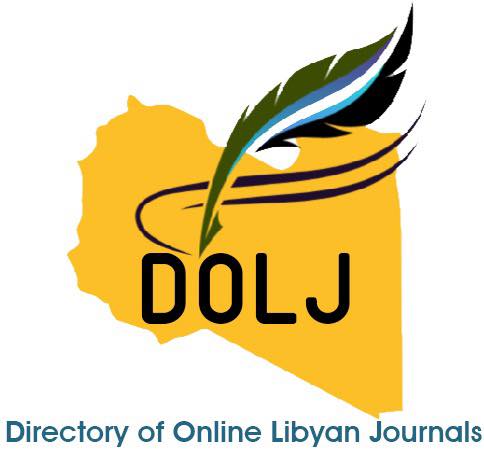Assessment of Juniperus Phoenicea L. Seedling Produced via Tissue Culture Using RAPD Analysis
DOI:
https://doi.org/10.37375/sjfssu.v5i1.3207الكلمات المفتاحية:
Dormancy، Juniperus L.، plant regeneration; ، Proliferation، RAPD analysisالملخص
Woody plants are more difficult to reproduce than other plant species found in nature. In addition to seed dormancy, which is caused by inhibitors in the embryo, endosperm, and/or testicle, Phoenicia, like other juniper species, does not exhibit a high rate of plant production by germination of seeds.
This research's primary goals were to propagate Juniperus phoenicea L. (J. phoenicea) using tissue culture by identifying a promising protocol for utilizing kinetin (0.5 mg/l-1 with Murashige and Skoog 1962, MS), Rugini Olive Medium 1984, ROM, and Lloyd and McCown 1980, WPM to break the secondary dormancy of seeds. Additionally, RAPD fingerprints were used for molecular analysis to determine the total genomic DNA of the parent plant compared to the in vitro plant obtained.
The RAPD-PCR products they obtained demonstrated a high percentage of polymorphism resulting from using BA-K5 as a primer compared to BA-K2. The results showed that the medium (WPM) supplemented with 0.5 g/l⁻¹ kin gave the highest significant increment for germination percentage (60%), while MS gave the lowest germination rate (8%). The study concludes that the in vitro culture method for zygotic embryo germination may be a viable way to overcome the challenges posed by poor juniper germination rates and boost seed propagation
المراجع
Aasim, M., Khawar, K., & Özcan, S. (2013). Production of herbicide-resistant cowpea (Vigna unguiculata L.) transformed with the bar gene. Turkish Journal of Biology, 37(4), 472-478.
Abd-El-Haleem, S. H. M., Reham, M. A., & Mohamed, S. M. S. (2009). Genetic analysis and RAPD polymorphism in some durum wheat genotypes. Global Journal of Biotechnology and Biochemistry, 4(1), 1-9.
Allen, B. L., Pikul Jr, J. L., Waddell, J. T., & Cochran, V. L. (2017). Long‐term lentil green‐manure replacement for fallow in the semiarid northern Great Plains. Agronomy journal, 103(4), 1292-1298.
Ahani, H., Jalilvand, H., Hosseini Nasr, S. M., Soltani Kouhbanani, H., Ghazi, M. R., & Mohammadzadeh, H. (2013). Reproduction of juniper (Juniperus polycarpos) in Khorasan Razavi, Iran. Forest Science and Practice, 15, 231-237.
Asili, A., Behravan, J., Naghavi, M. R., & Asili, J. (2010). Genetic diversity of Persian shallot (Allium hirtifolium) ecotypes based on morphological traits, allicin content and RAPD markers. Open Access Journal of Medicinal and Aromatic Plants, 1(1), 1-6.
Atienzar, F. A., Cordi, B., Donkin, M. E., Evenden, A. J., Jha, A. N., & Depledge, M. H. (2000). Comparison of ultraviolet-induced genotoxicity detected by random amplified polymorphic DNA with chlorophyll fluorescence and growth in a marine macroalgae, Palmaria palmata. Aquatic toxicology, 50(1-2), 1-12.
Balaraju, K., Agastian, P., Ignacimuthu, S., & Park, K. (2011). A rapid in vitro propagation of red sanders (Pterocarpus santalinus L.) using shoot tip explants. Acta physiologiae plantarum, 33, 2501-2510.
Castro, M. R., Belo, A. F., Afonso, A., & Zavattieri, M. A. (2011). Micropropagation of Juniperus navicularis, an endemic and rare species from Portugal SW coast. Plant Growth Regulation, 65, 223-230.
Cassells AC, Doyle BM (2005) Pathogen and biological contamination management: the road ahead. In: Loyola-Vargas VM, Vázquez-Flota F (Eds.) Plant Cell Culture Protocols, Humana Press. New York, USA, pp 35-50.
Gomez, K. A., & Gomez, A. A. (1984). Statistical Procedures for Agricultural Research (2nd Edn.), New York, John Willey and Sons.
Ghimire, B., Riley, W. J., Koven, C. D., Kattge, J., Rogers, A., Reich, P. B., & Wright, I. J. (2017). A global trait‐based approach to estimate leaf nitrogen functional allocation from observations. Ecological Applications, 27(5), 1421-1434.
Javeed, Q. N., Perveen, R., & Ilahi, I. (1980). Propagation of Juniperus polycarpos C. Koch through tissue culture. I. Induction of callus. Forest Science and Pakistan journal of forestry, 30(2), 72-77.
Joshi, V. C., Avula, B., & Khan, I. A. (2008). Authentication of Stephania tetrandra S. Moore (Fang Ji) and differentiation of its common adulterants using microscopy and HPLC analysis. Journal of natural medicines, 62, 117-121.
Kaviani, B., & Negahdar, N. (2017). Propagation, micropropagation and cryopreservation of Buxus hyrcana Pojark., an endangered ornamental shrub. South African Journal of Botany, 111, 326-335.
Kuang, J., Yan, X., Genders, A. J., Granata, C., & Bishop, D. J. (2018). An overview of technical considerations when using quantitative real-time PCR analysis of gene expression in human exercise research. PloS one, 13(5), e0196438.
Lloyd, G., & McCown, B. (1980). Commercially-feasible micropropagation of mountain laurel, Kalmia latifolia, by use of shoot-tip culture.
Máchová, P., Malá, J., Cvrčková, H., Dostál, J., & Buriánek, V. (2013). In vitro reproduction of rare and endemic species of rowan tree. Journal of Forest Science, 59(10), 386-390.
Mansu R. M; Heba. J. Abdelshfea and Sabah. H. Lamlom (2021) Influence of Gibberellic Acid (GA3) and kinetin (Kin) Applications on Micropropagation of Endangered Salvia fruiticosa Mill. from Libya. Libyan Journal of Ecological & Environmental Sciences and Technology(LJEEST)V ol. 3 No. 1 June, 2021 Pages (1- 4)
Mamo, N., Nigusie, D., Tigabu, M., Teketay, D., & Fekadu, M. (2011). Longevity of Juniperus procera seed lots under different storage conditions: implications for ex situ conservation in seed banks. Journal of forestry research, 22, 453-459.
Murashige, T. (1974). Plant propagation through tissue cultures. Annual review of plant physiology, 25(1), 135-166.
Murashige, T., & Skoog, F. (1962). A revised medium for rapid growth and bioassays with tobacco tissue cultures. Physiol. Plant, 15, 473-497.
Rahmonov, O., Rahmonov, M., Opała-Owczarek, M., Owczarek, P., Niedźwiedź, T., & Myga-Piątek, U. (2017). Ecological and cultural importance of juniper ecosystem in the area of Zeravshan valley (Tajikistan) on the background of environmental condition and anthropogenic hazards.
Rugini, E. (1984). In vitro propagation of some olive (Olea europaea sativa L.) cultivars with different root-ability, and medium development using analytical data from developing shoots and embryos. Scientia horticulturae, 24(2), 123-134.
Wesche, K., Ronnenberg, K., & Hensen, I. (2005). Lack of sexual reproduction within mountain steppe populations of the clonal shrub Juniperus sabina L. in semi-arid southern Mongolia. Journal of Arid Environments, 63(2), 390-405.
Zaidi, M. A., Khan, S., Jahan, N., Yousafzai, A., & Mansoor, A. (2012). Micropropagation and conservation of three Juniperus species (Cupressaceae). Pak J Bot, 44(Suppl 1), 301-4.

التنزيلات
منشور
كيفية الاقتباس
إصدار
القسم
الرخصة
الحقوق الفكرية (c) 2025 المجلة العلمية لكلية العلوم

هذا العمل مرخص بموجب Creative Commons Attribution 4.0 International License.













